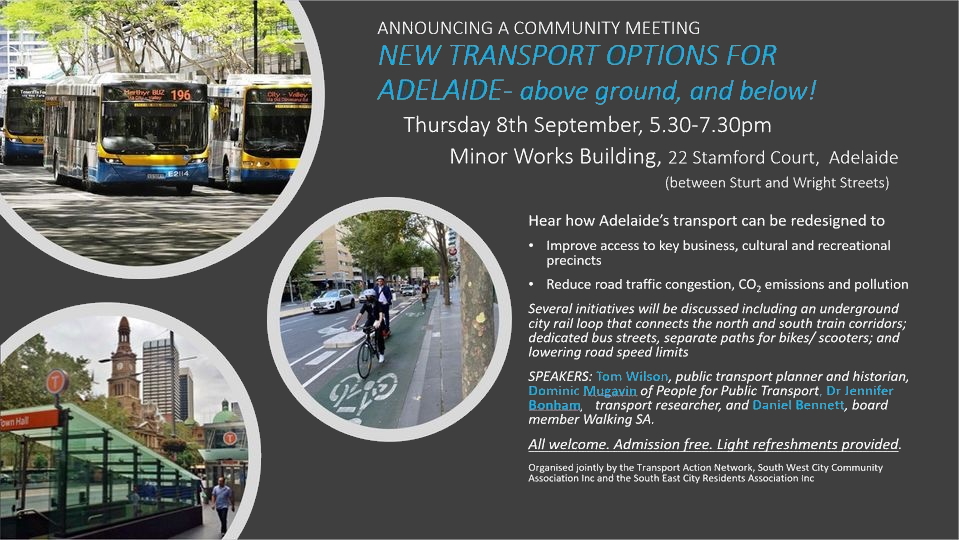Transport
Ambitious plan to make Paris a 100% cycling city by 2026
The French capital will continue its transformation into a sustainable cycling superpower with a new phase of the Paris Plan Velo that boasts an increased budget of €250 million.
The new Plan Velo 2021-2026 is set to capitalize on the COVID-19 pandemic cycling boom that has seen a seismic shift towards active mobility by Parisians. The increased funding will be channelled along several different lines with the common objective of reducing motorised traffic in the city and encouraging cycling, walking and public transport as the new normal.
Local cycling NGO and member of FUB (Federacion francaise des usagers de la bicylette) Paris en Selle explains that “one of the main objectives of the Plan Vélo is to complete the Parisian primary cycling network by the end of the mandate [of Paris Mayor Anne Hidalgo] in 2026. This ambitious objective is in line with our demands and, if attained, would make Paris a city where everyone, including children, will be able to cycle safely during their daily commute.”
Paris Deputy Mayor David Belliard, in charge of the transformation of public space and transport, announced that the main component of the plan would be 180km of new segregated two-way cycle lanes are due to be constructed, 50km of which are “coronapistes” (temporary pandemic-related infrastructure) that will become permanent features of the cycle lane network.
Segregated infrastructure is the most effective way of reducing new bicycle user hesitancy and is considered the gold standard when it comes to safer everyday cycling. During the previous election cycle, pro-cycling politicians advocated for a cycling equivalent of the metro system through the construction of a Vélopolitain network made up of so-called surface lines specifically for cycling.
More: Ben Luoma, ECF “Ambitious plan to make Paris a 100% cycling city by 2026”
Nuclear fuel waste: Extended Storage at Lucas Heights or target SA?
David Noonan has summarised the situation with the proposal to locate the federal nuclear waste dump in SA in a recent briefing document.
Nuclear fuel waste: Extended Storage at Lucas Heights or target SA?
Briefer (Nov 2017) by David Noonan, Independent Environment Campaigner
The Federal government has divided Australian community and is compromising safety in proposed import and indefinite above ground storage of ANSTO nuclear wastes in South Australia.
Since April 2016 the Federal government has solely targeted regional communities in SA for a proposed above ground Store to take irradiated Nuclear Fuel Waste (NFW) and long lived Intermediate Level Waste (ILW) from the ANSTO Lucas Heights reactor facility in NSW.
The ARPANSA CEO formally considered this proposed NRWMF Store and stated in May 2015:
“This plan will have the provision for ILW storage above ground for approximately 100 years.”
This nuclear waste storage plan compromises safety by importing long lived reactor waste to SA without any waste disposal capacity or even a program or plan for potential disposal of NFW and ILW. Safety requires these nuclear wastes are isolated from the environment for over 10,000 years.
The proposed 100 year Store in SA for 10,000 year nuclear wastes is a divisive, unsafe and unnecessary plan – given ANSTO’s capacity to retain these nuclear wastes at Lucas Heights.
Electric vehicle charger station opened in Adelaide
South Australia’s first “Tesla supercharger” points for electric vehicles opened on 27 October on Franklin St between The Joinery and the new Bus station – “the start of a state-wide charging network the company promised as part of the deal to win the State Government’s “world’s largest battery” tender”.
Tesla’s Elon Musk included 50 charging stations as part of the negotiations to build the battery.
The Indaily report continues here
Westgate Tunnel hearings nothing but concerns
Since I started as the FoE & PTNT Sustainable Cities campaigner I have been continually shocked as I learn more about the Transurban $5.5 billion mega-toll road proposed for Melbourne’s West.
What started as a much needed proposal to get noisy, poisonous trucks off the residential streets of Melbourne’s inner West has now morphed into a crazy plan to lock the West into a car dependent future. Titled a tunnel, it actually consists of a 12-lane toll way, short tunnel, 3 giant bridges across the Maribyrnong River, then an 18-lane double-decker road leading to spaghetti interchanges and flyovers.
For the last few weeks, I have joined concerned residents from the west at the environmental effects (EES) hearings of the project.
Here, with the lawyers and the bureaucrats, ordinary citizens are trying to digest the 10,000 pages of environmental effects information in an insultingly short time. Many of the representatives are volunteers – residents and community groups that don’t have dedicated employees or professional experts to untangle the volume of information within the documents.
As Rosa McKenna from Better West – Spotswood South Kingsville Residents Group says “the government and Transurban are trying to push this project though, but we know it is wrong for so many reasons: shifting truck traffic onto other inner west streets in Hobsons Bay, with the health and safety implications, and locking us into decades more of road based infrastructure”.



